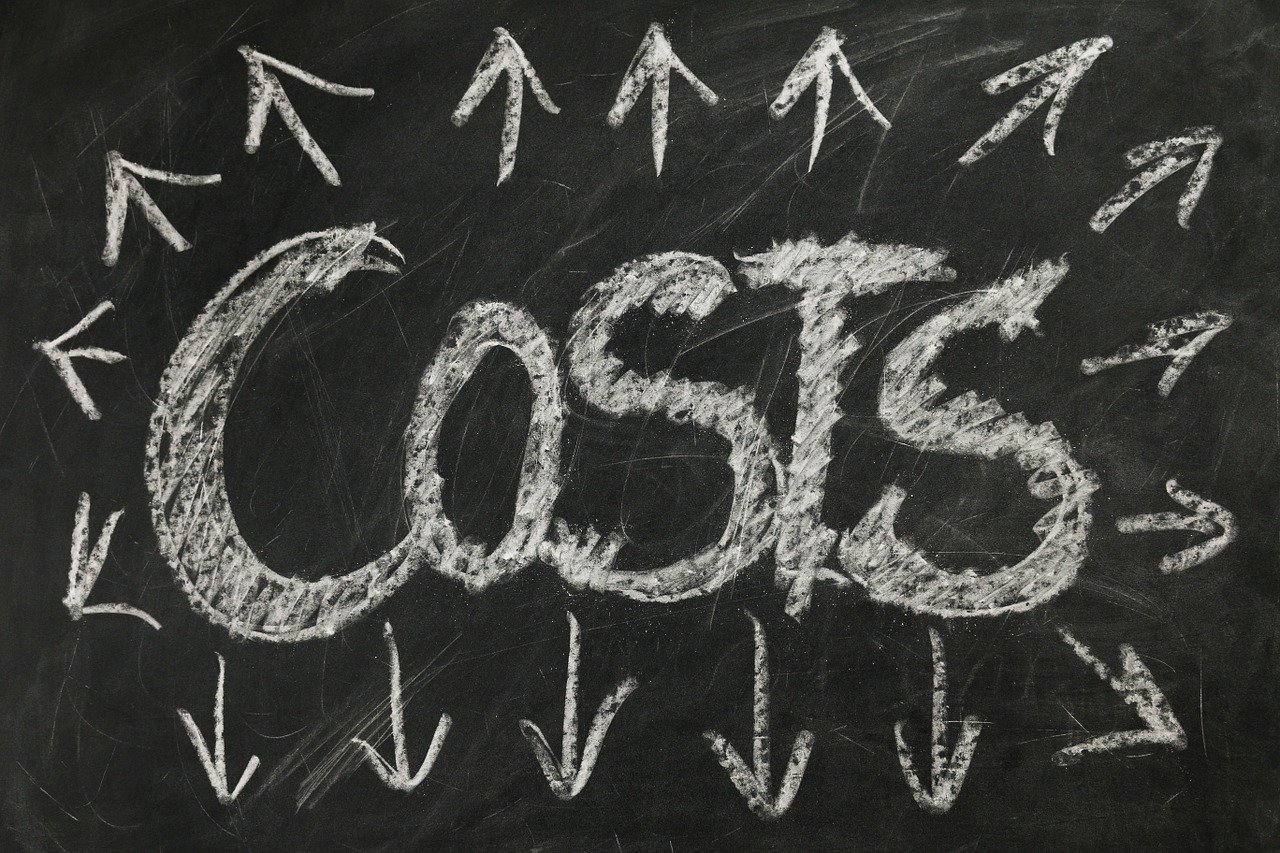When someone is deep in the cycle of OCD, it’s often because the compulsions work. At least, in the short term. Work in the sense that they reduce anxiety, offer temporary relief, and help the person feel in control. But what gets lost in that cycle is an exploration of what these compulsions cost.
As clinicians, we can bring this question into the room: “What does the compulsion give you? And what does it take from you?”
This simple shift can open doors to insight, values-based work, and a deeper commitment to exposure and response prevention (ERP).
OCD Is Expensive
OCD doesn’t just steal time. It often takes away:
- Relationships
- Sleep
- Joy
- Connection
- Career opportunities
- Educational goals
- Identity
- Sense of autonomy
Among countless other things.
Even when a person knows this logically, they’re often stuck in the emotional urgency of needing to “feel right,” be safe, or avoid uncertainty. Compulsions offer quick relief, but the long-term cost is steep and insidious. People often describe how OCD takes away things they love like a snowball effect. It starts small, grows and grows until it gets out of control like a giant snowball rolling down a mountain.
Why This Question Matters in Therapy
When therapists ask their clients what a compulsion gives them, they’re validating the experience. There is acknowledgement that the clients are doing the best they can to reduce suffering.
When therapists then ask clients what it costs, there’s an invitation into a values-driven conversation.
- “You spend hours washing because you want to feel safe. But how is this impacting your ability to play with your kids?”
- “You keep confessing because you want to be a good person. But how is this impacting your sense of self-trust?”
These questions aren’t about shaming. They’re about clarity. They help clients name the ways OCD is showing up in their lives and motivate change not just out of fear, but out of hope.
How to Integrate This in ERP
Once the cost is clear, exposures can become more meaningful. ERP becomes less about just “sitting with anxiety” and more about reclaiming what OCD has taken away.
It becomes:
- “I’m doing this exposure so I can go on vacation without spending time away from my family engaging in checking compulsions.”
- “I’m choosing not to confess today because I want to be present with my partner tonight.”
- “I’m risking uncertainty so I can live with integrity and freedom.”
Now the exposures are rooted in something deeper than fear. They’re grounded in the client’s why.
From Coping to Choosing
Compulsions are attempts to cope with something that feels scary, urgent and riddled with uncertainty. In treatment, the goal is to help clients move from coping to choosing. From reacting to responding.
One way it starts is with that powerful reflection:
What is this giving me? And what is it costing me?
PS: Here are some handout templates on this topic by John Grayson.
